Ode to Pearly Kings and Queens
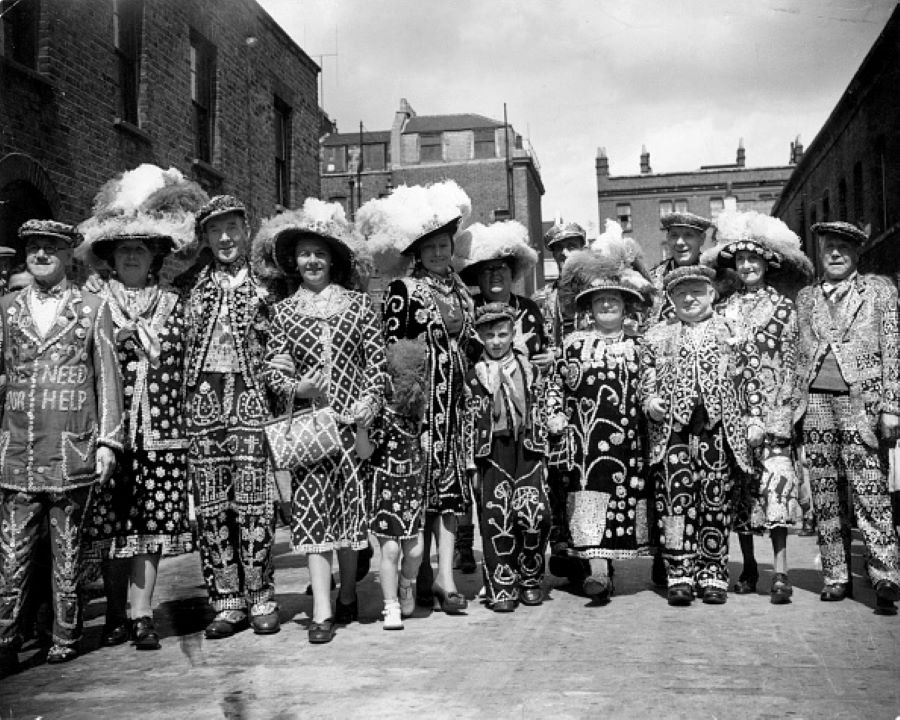
Have you heard of Pearly Kings or Pearly Queens, AKA Pearlies? In short, Perlies partner with charities to raise money for those in need while adorning black suits and hats decorated with hundreds or even thousands of mother of pearl buttons, each sewn on to tell a story.
This all started with an orphaned street sweeper in the mid-late 1870s named Henry Croft. In London at the time, street vendors referred to as costermongers would wear trousers that had a row of buttons down the leg to set them apart from the crowd. Croft took this a step further and completely covered a suit and top hat with approximately 60,000 iridescent mother of pearl buttons sewn on.
He did this to create attention to himself while singing, dancing, or telling jokes to help his efforts raising money for orphanages and hospitals. With the help from the suit, Croft collected over £5,000 throughout his lifetime which would be over £535,000 today. There's a memorial statue of him in the outfit by his grave to honor him, the work he’d done, and the famous suit.
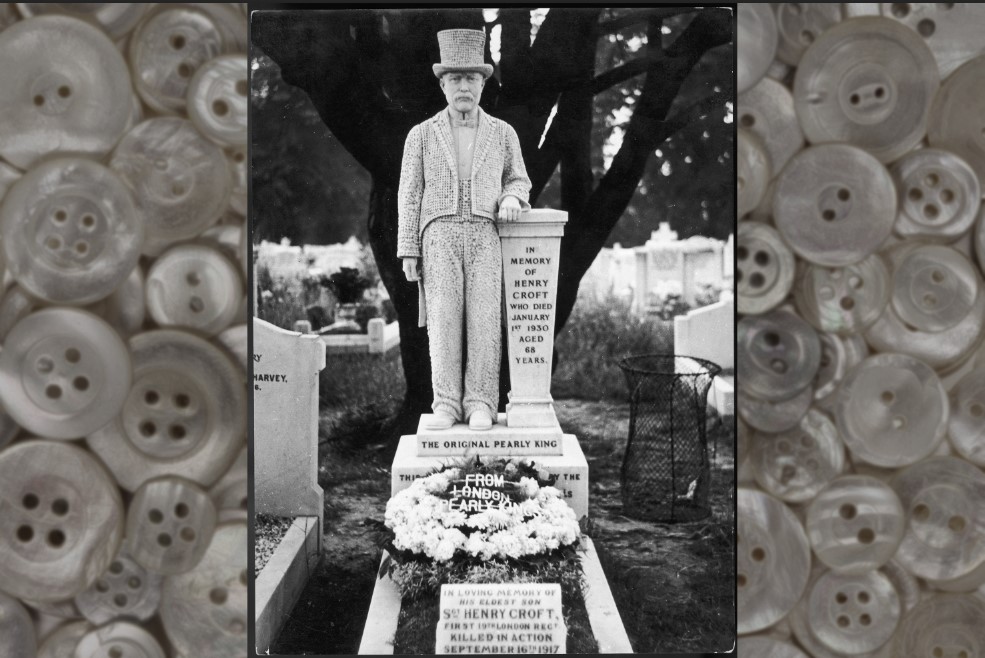
By 1911 Croft had gathered the working-class community to help his efforts and elected 28 families to represent each borough in London. The tradition still stands today with 30 families raising money for various charities. You can find them all-year at a variety of events, but the Harvest Festival in the fall in London is where you’re guaranteed to see some Pearly royalty.
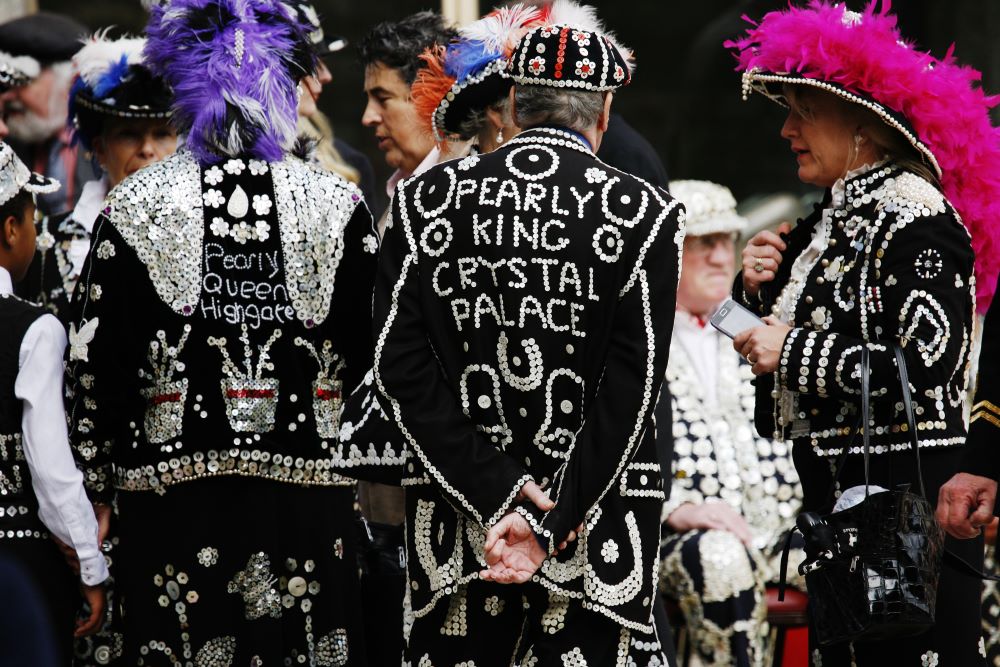
The outfits consist of: a black base, mother of pearl buttons in traditional off-white, and occasionally with red or blue pearl buttons for small accents. The decorations can be words, images, or patterns and can be decorative or symbolic; it just has to represent the wearer. Some of the symbolism includes:
- Hearts for charity
- Wheels for the circle of life
- Playing cards to symbolize that life’s a gamble
- Flowers to represent unity
- Regional landmarks to show pride in where they’re from
- Horseshoes for luck
- Harlequin diamond patterns for the ups and downs of life
- etc.

So in pearly tradition let’s learn how to make some motifs. Attached are a couple templates but you can also draw your own to fill in.
What you need:
- Printed template find it here:
- Fabric marking tool
- Mother of pearl buttons
- Black fabric or garment
- Black thread
- Optional: Button sewing foot
Preparation
1. Print and cut out or create and cut out your templates.
Tip: If you create your own template, make sure there’s enough room for the space the button will take. This means you may need to make things larger than planned
2. Using a fabric marking tool, mark the shape outlines on your fabric.
Tip: If your template is big enough, pinning the template in place can make tracing easier.
How to Sew the Buttons
3. Select the button sewing stitch, or if your machine doesn’t have one, select a zigzag stitch and set the length to 0.
4. Many machines will have you input the number of mm there is between the holes of the button so it knows where to put the needle. If it doesn’t you will have to test and adjust (see step 7).
5. Place one button on your mark.
6. Put your fabric under the needle and move until the button is under the foot.
Note: I highly recommend using a button sewing foot as it will make this process go so much faster and easier, but you can also remove the foot from your machine and have the ankle rest on the button.
7. Once under the foot, slowly move the handwheel towards you to test the stitch, making sure it clears both holes in the button. If it doesn’t, adjust the size or placement of the button under the foot to center it or adjust your zigzag width.
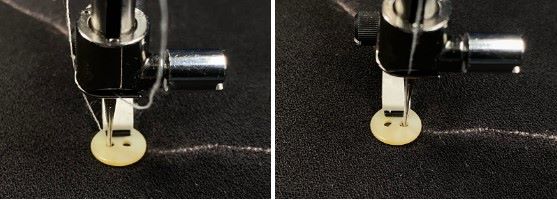
8. Stitch until the machine stops or after 6-8 times if you are using a zigzag stitch.
9. Continue this process until all of your markings are covered.
Tip: Start with the outline and fill in from there. It can help to place buttons down before sewing them so you know the placement you want first.
Don’t forget, the Pearly community isn’t just about wearing the suits and being fabulous, it’s also about charity. So to properly honor the Pearly Kings and Queens of the past, take some time to give back to your community after sewing or through your sewing.
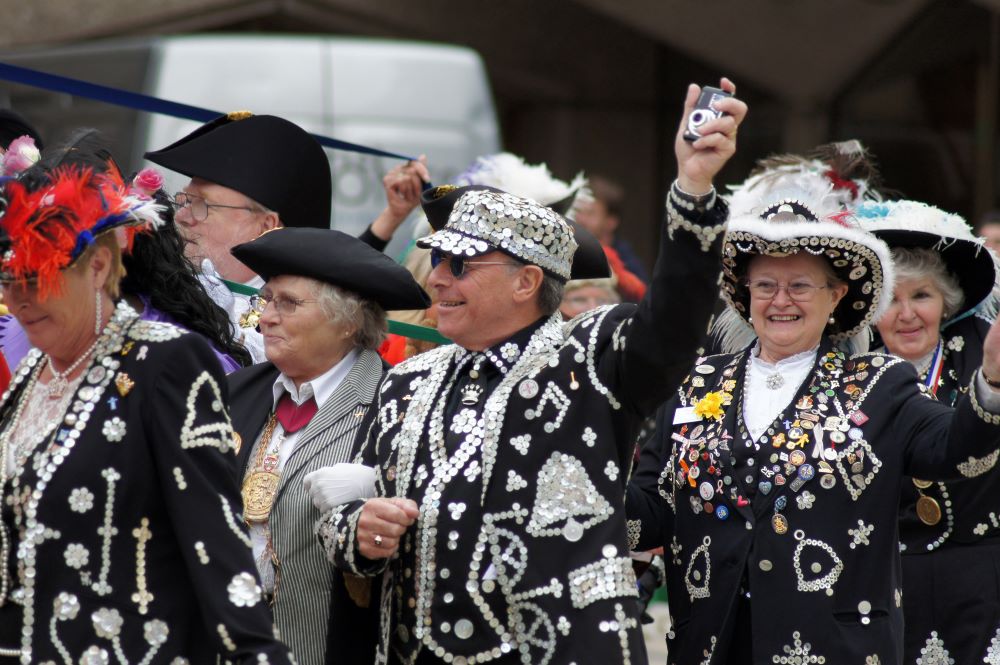


 Netherlands
Netherlands